2025 Great Southeast Pollinator Census
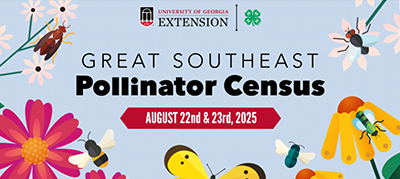
What’s the “buzz” all about with the Great Southeast Pollinator Census? Bees, moths, butterflies and more are about to become celebrities on August 22-23, 2025. Get your lemonade and clipboard out because this census is open to everyone to participate.
What is it?
The annual event is a community science project created by the University of Georgia that rallies people in the southeast region of the U.S. to document pollinator activity. Florida joined the count last year, making 2025 the second year our state will participate. Other states involved in the project are Georgia, South Carolina, North Carolina and Alabama.
Why does it matter?
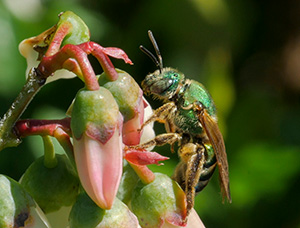
Pollinators are incredibly important to our food supply and economy, as well as a key component in the health of ecosystems. According to the Xerces Society, an invertebrate-conservation nonprofit, pollinators are crucial to the reproduction of over 85% of the world’s flowering plants. This includes more than two-thirds of the world’s food crop species, making pollinators vital to our food production. Seeds and fruits that result from insect pollination are also a major part of the diets of birds and mammals.
Supporting pollinators is a small way to make a huge impact. The Great Southeast Pollinator Census is designed to inspire people to create sustainable pollinator habitats at home and in the community. The project educates people about plants that provide habitat and food to pollinators. Another goal is to increase citizen knowledge about insects and create an appreciation for these essential creatures. The census generates useful data on local pollinator populations, which allows scientists to pinpoint trends relevant to leaders, educators and gardeners.
How can I participate?
The count takes place on August 22-23 at the time of day most convenient for you. And you don’t need to be an insect specialist to participate, but you do need to visit the Great Southeast Pollinator Census website to download the necessary documents. The counting sheet will ask you to categorize your observations into different insect types: bumble bees, carpenter bees, honey bees, small bees, wasps, flies, butterflies/moths and other insects. There is even an insect identification guide to help you familiarize yourself with these pollinators.
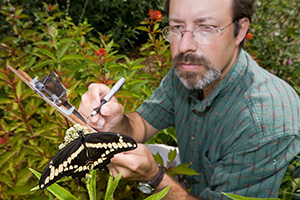
Once you are ready to begin, the process is simple. Choose one plant in bloom to study for 15 minutes. Make sure you have your census counting sheet, clipboard, identification guide, shades, cold drink, chair and pencil.
Get close to the plant so that you can properly see its visitors, but not so close that you interfere with the insect activity. Take note of the plant’s common or scientific name and the weather conditions. Set your phone timer for 15 minutes and every time an insect lands on the plant, put a tick mark in one of the insect categories. You are counting insect visits, not the number of insects, so make sure to mark it down even if an individual insect lands multiple times. This process is also described in an informational YouTube video.
You are welcome to do multiple 15-minute sessions during the two days of the census. The additional counts do not have to be on the same plant or around the same time. It can be interesting to observe how pollinator activity varies throughout the day, with some visiting during specific air temperatures. Be sure to document your observations on the website where there is an option to upload insect counts.
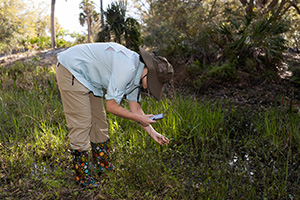
Where can I participate?
You can perform these observations in your home garden or in a community space. Businesses can make the census an office event and teachers can incorporate the count into their lesson plans. Getting children involved in the event and teaching them about the importance of insects can help their attitude change from “yuck!” to “wow cool!”
How can I stay informed?
Before the counting dates are here, check with your local UF/IFAS Extension office to see if they are offering informational sessions or events related to the census. The census project has a newsletter and you can follow them on Instagram and Facebook for more updates. The UF/ IFAS Great Florida Pollinator Census Facebook page is another useful resource for Florida residents, which will feature pollinator resources year-round, including monthly postings of pollinator events around the state.
Taking part in the census is an opportunity to be part of an important conservation project and give back to the insects that enable our plants to flourish. By showing up for the census you are “protecting pollinators one count at a time.”
